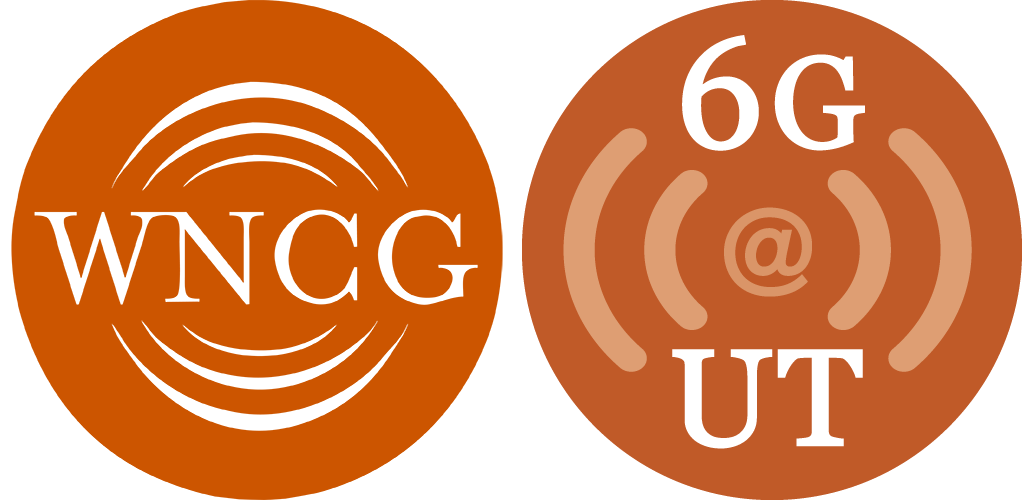Abstract Cellular networks are usually modeled by placing the base stations on a grid, with mobile users either randomly scattered or placed deterministically. These models have been used extensively but suffer from being both highly idealized and not very tractable, so complex system-level simulations are used to evaluate coverage/outage probability and rate. More tractable models have long been desirable. We develop new general models for multi-cell SINR using stochastic geometry. Under very general assumptions, the resulting expressions for the SINR ccdf (equivalent to the coverage probability) involve quickly computable integrals, and in some practical special cases can be simplified to common integrals (e.g., the Q-function) or even to simple closed-form expressions. We also derive the mean rate, and then the coverage gain (and mean rate loss) from static frequency reuse. We compare our coverage predictions to the grid model and an actual base station deployment, and observe that the proposed model is pessimistic (a lower bound on coverage) whereas the grid model is optimistic, and that both are about equally accurate. In addition to being more tractable, the proposed model may better capture the increasingly opportunistic and dense placement of base stations in future networks.
This is joint work with F. Baccelli and R. K. Ganti.
Bio: Jeffrey Andrews received the B.S. in Engineering with High Distinction from Harvey Mudd College in 1995, and the M.S. and Ph.D. in Electrical Engineering from Stanford University in 1999 and 2002, respectively. He is an Associate Professor in the Department of Electrical and Computer Engineering at the University of Texas at Austin, and the Director of the Wireless Networking and Communications Group (WNCG), a research center comprising 17 faculty and 10 industrial affiliates. He developed Code Division Multiple Access systems at Qualcomm from 1995-97, and has consulted for entities including the WiMAX Forum, Microsoft, Apple, Clearwire, Palm, ADC, and NASA.
Dr. Andrews is co-author of two books, Fundamentals of WiMAX (Prentice- Hall, 2007) and Fundamentals of LTE (Prentice-Hall, 2010), and holds the Earl and Margaret Brasfield Endowed Fellowship in Engineering at UT Austin, where he received the ECE department's first annual High Gain award for excellence in research. He is a Senior Member of the IEEE, and served as an associate editor for the IEEE Transactions on Wireless Communications from 2004-08.
Dr. Andrews received the National Science Foundation CAREER award in2007 and is the Principal Investigator of a 9 university team of 12 faculty in DARPA's Information Theory for Mobile Ad Hoc Networks program. He has been co-author of four best paper award recipients, two at IEEE Globecom (2006 and 2009) one at Asilomar (2008), and the 2010 IEEE Communications Society Best Tutorial Paper Award. His research interests are in communication theory, information theory, and stochastic geometry applied to wireless ad hoc, femtocell and cellular networks.

